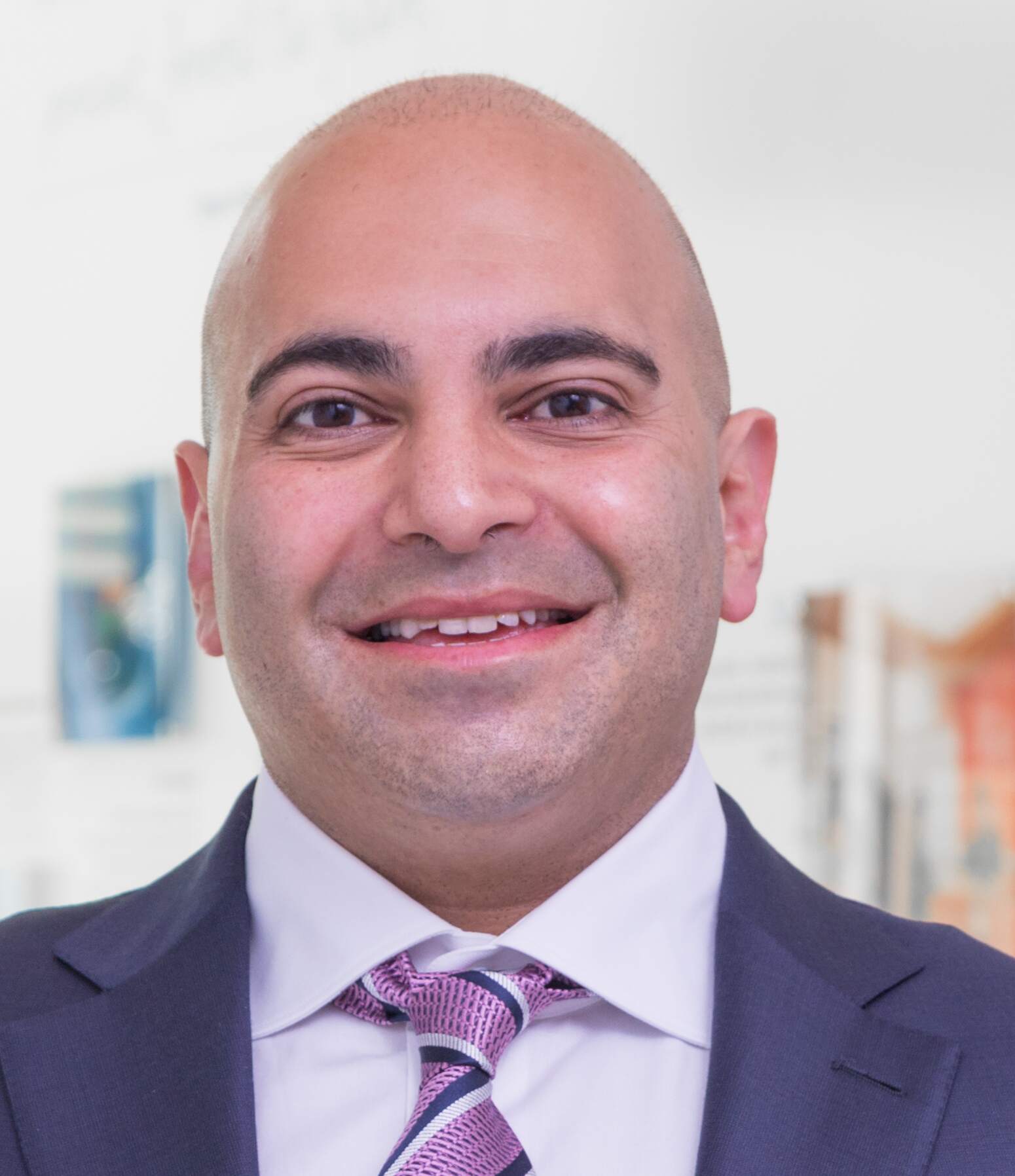By Dr. Kartik Bhatia
One day, we were treating a newborn baby in severe heart failure from a Vein of Galen Malformation. This was a high flow, dangerous connection between arteries and veins in the deep part of the brain. The neonatal ICU doctors told us there was no other choice – either we treat today, or the baby will die in the next couple of days. The lava-like black putty we were injecting into the culprit arteries through a small tube thinner than a piece of spaghetti takes time to set – so after injecting for 10 seconds at a time we needed to pause for 1 or 2 minutes before starting again. These pauses lent themselves to either telling jokes or having a contemplative conversation. The latter happened.
My colleague turned to me and said, “Doing these procedures is like being a tightrope walker – without a net!” He was right.
To do this procedure, we needed to:
· Place an access port into a thigh artery smaller than three millimeters in diameter.
· Navigate a spaghetti-like tube over a tiny wire to deep within the brain vessels.
· Slowly and steadily inject the lava-like putty into the abnormal connection in a Goldilocks-like fashion – not too much or we would clot off the whole thing, and there might be bleeding; not too little or the baby’s heart failure would not get any better.
· Keep enough fluid going through our tubes to stop clots forming, but not too much – or we make the baby’s heart failure worse and dilute their blood – a maximum of 50 milliliters was allowed over the entire case.
· Use contrast dye to map the vessels we were treating – but not too much, or we would stop the baby’s thyroid gland from working and make their kidneys worse.
· Explain all of this to the scared parents before and after the procedure, while telling them there was a 1 in 3 chance that their baby could die or have a severe disability just from the procedures.
We had both trained for many years each, and sub-specialized in treating children so that we could balance all these competing demands in such a small child. We had each done all the above steps many times in our practice so that we could tackle these cases on a regular basis. We had both trained to place the thigh artery access port in a small baby like this in just one to two minutes, whilst recalling stories of seeing adult-based colleagues struggle for over an hour to achieve this essential first step in a baby. There was no doubt in our minds that procedures like this needed to be done by people trained in treating young children and dedicated to helping both the vulnerable patients and their frightened families. We worried this was not a procedure that should be done by doctors who just ‘drop in’ from time to time at the children’s hospitals and then leave after the procedure.
In June of this year, a group of us from the IPSO interventional neuroradiology subspecialty council published a set of standards in the Journal of Neuro-Interventional Surgery (JNIS): Recommendations from the International Paediatric Stroke Organization on pediatric neurointerventional best practices based on Delphi consensus. After surveying 50 paediatric interventionists from around the world, we found areas of consensus to form these best practices.
Amongst the key areas of agreement were that young children should be treated at high volume centers by teams of experienced paediatric specialists. This might seem like an obvious statement, but it is one that had not been properly surveyed and published until now. It was also agreed in these recommendations that high volume centers were those that did at least 20 treatments in the brain blood vessels (not just taking images) each year in children. In addition, those centers should have dedicated teams consisting of multiple different specialists to provide comprehensive care for these vulnerable patients.
We hope that these best practices will influence the interventional community to promote safer standards for treating children with complex neurovascular diseases. I encourage you to read the article and promote it amongst your colleagues so we can improve outcomes in this vulnerable group of patients.
Links to Relevant Scientific Publications:
· Our paper on best practices in paediatric neuro-intervention: https://jnis.bmj.com/content/early/2025/06/10/jnis-2025-023345
· An insightful reflection on dealing with complications in paediatric neuro-intervention: https://pmc.ncbi.nlm.nih.gov/articles/PMC7724602/

Dr. Kartik Bhatia
About the author:
Kartik Bhatia is a paediatric interventional neuroradiologist with the Sydney Children’s Hospital Network and a Clinical Associate Professor with the University of Sydney. He has research interests in paediatric stroke, Vein of Galen Malformation, and identifying genetic drivers of vascular malformations in children. He is the lead investigator for the Paediatric Large Vessel Occlusion Stroke Study.
